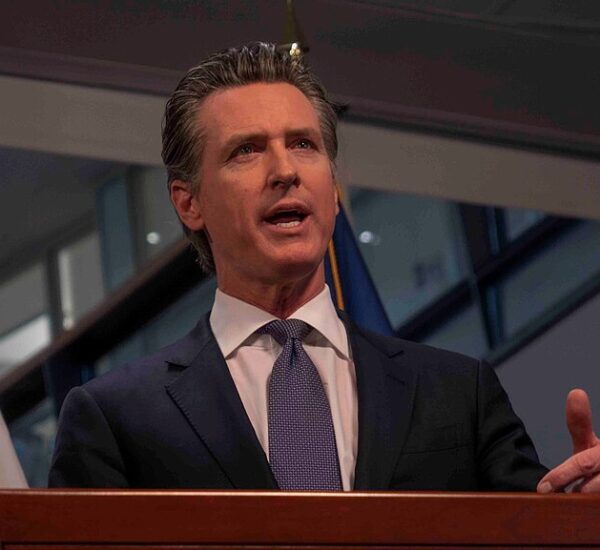Here’s would could happen next.
Progressive Wage Proposal Raises Alarms for Small Businesses and Seniors on Fixed Incomes
In a move sure to spark economic debate, Democrats in Congress have reintroduced legislation to raise the federal minimum wage to $17 an hour by 2030. The Raise the Wage Act of 2025, led by Rep. Bobby Scott (D-VA) and Sen. Bernie Sanders (I-VT), would impact more than 20 million American workers—but critics warn it may also threaten job growth, small business survival, and long-term price stability.
The federal minimum wage has remained at $7.25 since 2010, marking the longest stretch without a change since its creation in 1938. While some states have enacted their own increases, 20 states still follow the federal baseline, which currently equals an annual income of roughly $15,080 for full-time workers—just under the 2025 federal poverty line of $15,650.
Key Provisions of the Raise the Wage Act of 2025
- Annual increases until the minimum wage hits $17 by 2030
- Eliminates the subminimum wage for tipped workers (currently $2.13/hour)
- Ends separate wage rules for youth workers and workers with disabilities
- Ties future increases to median wage growth, not inflation
While Democrats claim the bill would lift millions out of poverty and close wage gaps, many fiscal conservatives argue that the plan would harm small businesses, increase automation, and raise consumer prices, especially for Americans living on fixed incomes or retirement.
Trump Reverses Biden’s $17.75 Federal Contractor Mandate
In March 2025, President Donald Trump acted to reverse a Biden-era executive order that had raised the minimum wage to $17.75 for federal contract workers. That rule, originally signed in 2021, significantly boosted wages for over 300,000 workers, but came at a high cost to taxpayers and disadvantaged small contractors, especially in rural and lower-cost areas.
Trump’s decision rolled wages back to levels established under President Obama’s 2014 executive order, or in some cases, back to the federal minimum of $7.25, depending on existing contracts. Supporters of the move say it was a course correction that restores fiscal responsibility and competitive bidding in federal procurement.
Critics of the Biden-era mandate, including many small business owners, say that artificially inflated wage floors made it harder for local contractors to compete, forcing many to lay off workers or abandon federal bids altogether.
Who’s Affected and What’s Next?
The wage hike proposal would affect industries such as hospitality, retail, food service, and caregiving—sectors already struggling with rising labor costs and inflation. The plan’s future is uncertain: although it’s gaining momentum in the Democrat-led House, it faces significant opposition in the Republican-controlled Senate, making passage unlikely without bipartisan compromise.
Conservative economists warn that tying the minimum wage to automatic increases disconnects pay from job performance and regional cost of living, undermining free-market principles.
Final Thoughts
As Democrats push their latest wage-hike agenda, President Trump’s actions reflect a return to common sense economic policy—removing burdensome mandates, protecting small businesses, and restoring flexibility to federal contracts. While the left continues to pursue centralized wage control, Americans—especially seniors and entrepreneurs—may end up paying the price.






